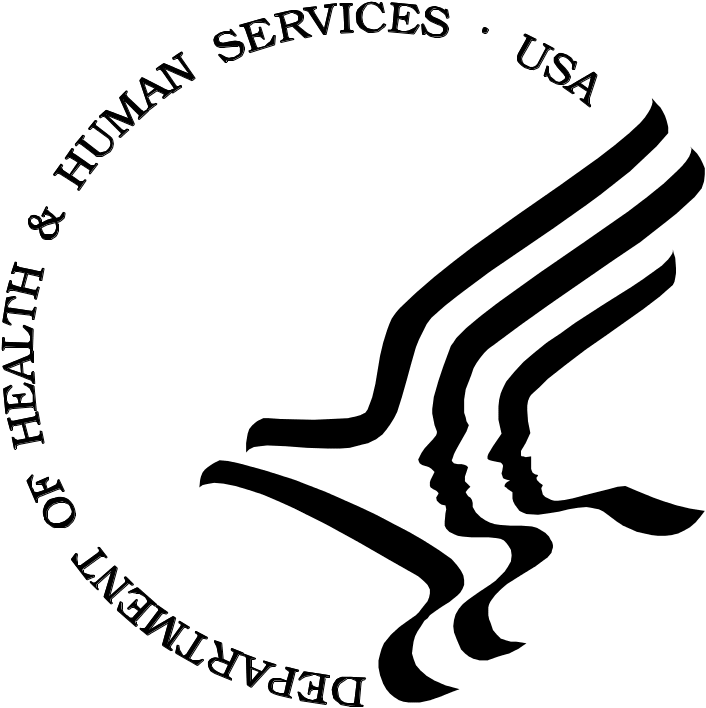10-day letter request
QDRL OMB-10-day letter-Mobility-Impaired060909.doc
NCHS Questionnaire Design Research Laboratory
10-day letter request
OMB: 0920-0222
 DEPARTMENT
OF HEALTH & HUMAN SERVICES Public
Health Service
DEPARTMENT
OF HEALTH & HUMAN SERVICES Public
Health Service
Centers for Disease Control and Prevention
 National
Center for Health Statistics
National
Center for Health Statistics
3311 Toledo Road
Hyattsville, Maryland 20782
June 9, 2009
Margo Schwab, Ph.D.
Office of Management and Budget
725 17th Street, N.W.
Washington, DC 20503
Dear Dr. Schwab:
The staff of the NCHS Questionnaire Design Research Laboratory (QDRL) plans to conduct research on questions from the 1994-1995 National Health Interview Survey on Disability (NHIS-D) (OMB No. 0920-0214). Based on the analysis from these interviews, QDRL staff hope to develop new questions on physical and social barriers disabled people face that may be used on national surveys. Additionally, analysis will inform interpretation of those data.
We propose to start advertising for volunteer participants as soon as we receive clearance, and to start testing as soon as possible after that.
Background Information about Cognitive Testing of Questionnaires
The methodological design of this proposed study is consistent with the design of typical cognitive testing research. As you know, the purpose of cognitive testing is to obtain information about the processes people use to answer survey questions as well as to identify any potential problems in the questions. The analysis will be qualitative.
Proposed project: Physical & Social Barriers of Mobility-Impaired Persons
This project will conform to the usual QDRL procedures for cognitive testing of a questionnaire module.
We propose to recruit 30 mobility-impaired adults (aged 18-60) through a combination of a newspaper advertisement and flyers. The newspaper advertisement/flyer is shown in Attachment 1. The newspaper advertisement/flyer will be used to recruit mobility-impaired participants who have difficulty walking or are unable to walk and use special equipment such as a scooter, wheel chair, walker, cane, or crutches to get around. Within these constraints, we hope to recruit participants with some demographic variety (particularly in terms of gender, education, race/ethnicity, and income).
Interviews will be conducted in the QDRL, or in a private room of a community facility with as many as 30 respondents for 60 minutes each. With the consent of the participants, the interviews will be video recorded. Participants will be informed of taping procedures (including observation if applicable) in the process of reviewing the consent forms, and the equipment will be turned on once it is clear that the procedures are understood and agreed upon.
The testing instrument is shown in Attachment 2. At the end of the interviews, participants will be paid and provided with copies of all papers they signed.
We propose paying participants $40, which is our standard payment. In total, for this project, the maximum respondent burden will be 30 hours of interviewing in addition to travel time. An updated burden table for this project is shown below:
-
Projects
Number of
Participants
Number of
Responses/
Participant
Average hours
per response
Response
burden
QDRL Interviews
2) Other questionnaire testing
30
1
1
30
Attachments (2)
cc:
M. Moien
M. Daneshvar
S. Perryman
| File Type | application/msword |
| File Title | DEPARTMENT OF HEALTH & HUMAN SERVICES |
| Author | krs0 |
| Last Modified By | mxm3 |
| File Modified | 2009-06-12 |
| File Created | 2009-06-12 |
© 2026 OMB.report | Privacy Policy